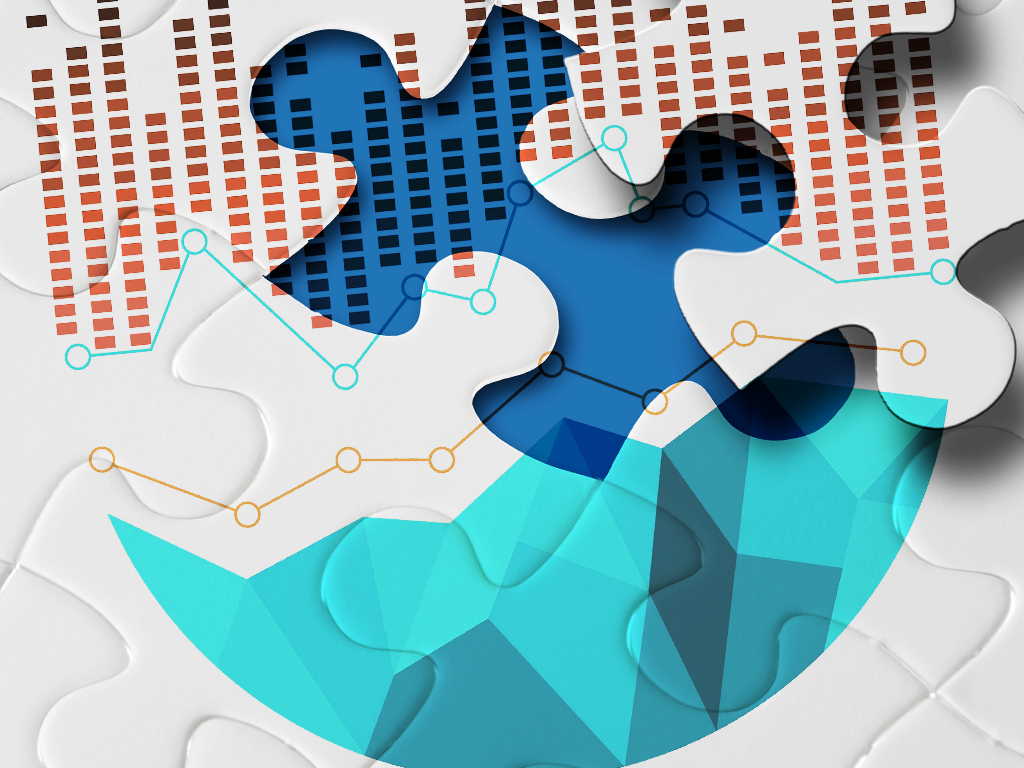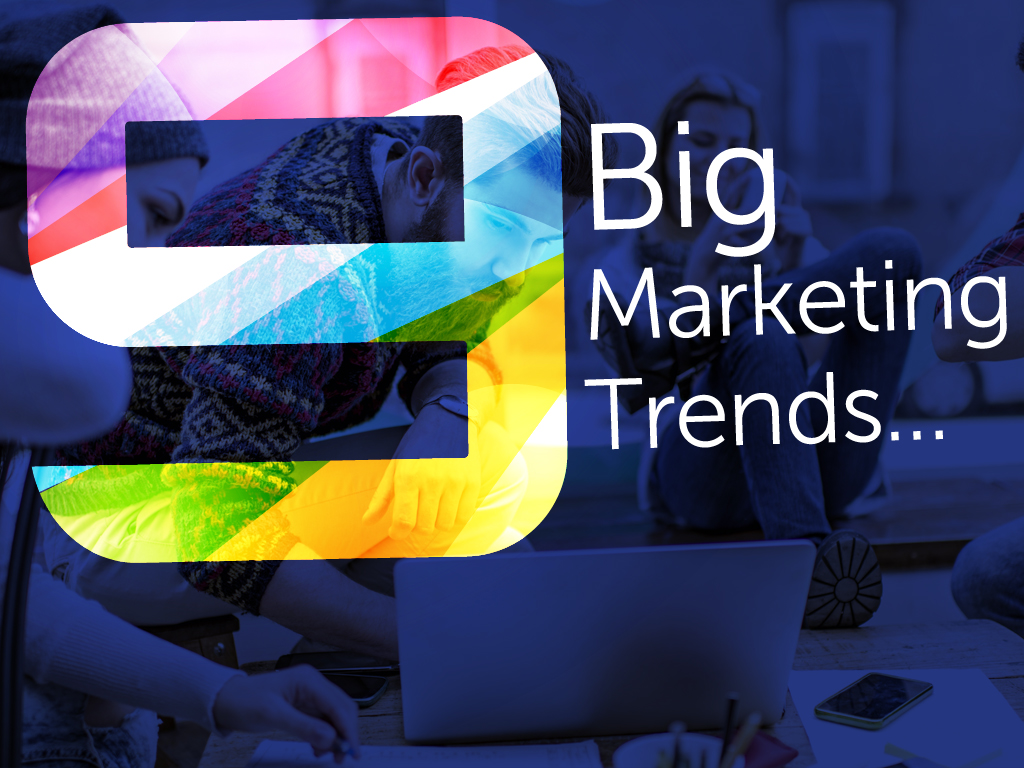What is the buzz around data science? The data scientist role is in demand across corporations, consultancies, and marketing service providers. According to research conducted by Accenture, 80 percent of data scientist positions created aren’t filled. There’s a hint of desperation — “If I hire a data scientist, it will solve everything.” But you need more. You need a lab.
Without a data scientist, a marketer can’t know whether success in a single campaign leads to increased company return on investment. Data scientists discover patterns in the customer journey that lead to impactful and efficient marketing.
But how?
Through data exploration using knowledge discovery techniques such as data mining, statistics, and predictive analytics, new consumer behavior patterns and data relationships are tested in marketing “experiments,” also known as campaigns.
Discoveries In The Marketing Lab — Why This Approach?
Data scientists need the freedom afforded in the “lab experiment” scenario to develop marketing hypotheses, test, refine and validate, using results from a previous campaign. Only after validation can the data scientist confidently say that the methodology is ready to “go to market.”
Why does this matter?
Because in the fast-paced digital-on-demand world, it’s easy for a company to skip the disciplined lab setting and allow untested hypotheses to drive data decisions.
The 2016 Customer Journey? It’s Complicated
What you’d really like to know are the details: Did your campaign meet your goal for leads generated? If so, did you measure how many of those leads remained loyal customers two years later?
Similarly, one would expect scientific rigor for an experimental cancer drug: Did it yield a positive outcome? Or, did it show promise and require more research? How did patients fare two years after treatment?
There is a structure and discipline required to build trust in data. That’s where the laboratory is essential.
In the marketing lab we can make sense of data in areas like marketing automation, machine learning, and programmatic advertising, to name a few. In a lab environment, data scientists have the freedom to pull nuggets from all of that unstructured data that’s so challenging — and follow the trail of the customer journey from end to end.

According to Forrester, the future innovation lab will be an ecosystem built around the needs of a specific consumer segment. We must encourage cross-fertilization between different types of specialists assembled for their expertise.
The rock stars of the new lab are the rare birds who “get” consumers, data, digital, content, distribution, and new product models and who can cajole diverse geeks to speak the same language and work together constructively.
So, can the data scientist be the rock star? The answer is yes, if she has knowledge of your customer journey, statistical knowledge, practical industry expertise and the ability to discern causation and correlation. This is a lot to ask of one person, so it will likely take a team of experts to make a great lab.
Speed Is Essential!
VentureBeat points out that marketing agencies are well-positioned to fit enterprises’ looming outsource needs for data-driven marketing, if they can build the omnichannel content marketing machines powered by robust data analytics that business will require.
Data scientists operating in a lab environment will find insights.
For example, in the financial service customer journey, we know that individuals who respond to marketing efforts for credit do not necessarily become customers, or if they do, they may not be profitable. Why?
Data science shows that finding responsive individuals who also can pass rigorous lending underwriting rules can be challenging. Consumers with the highest likelihood to respond typically need credit, but may have problems making their monthly payments.
So, we build a balanced bridge. That is, we connect response, underwriting and conversion in a fine-tuned algorithm that fits financial products to customer needs while meeting credit risk rules.
This is just the beginning of data science and the lab approach. Once insights are derived and the predictive analytics are in place, the machine will do the work — scoring your customers and prospects, ranking them, and fitting a product solution to the individual using the tools and infrastructure you’ve built.
What’s Next?
Get started by building an inventory of skills and tools needed to launch your lab. Recruit within your organization. Who has knowledge of the industry, the customer journey, and business challenges?
Who are your data science and BI experts?
Once you’ve searched internally, fill gaps by going outside your organization. Interview consultants, agencies, and subject-matter experts that will design, deliver and hand off. Set time aside for your new lab team to devote quality time — ideally as their main focus.


